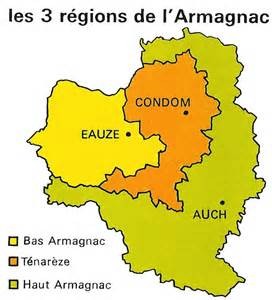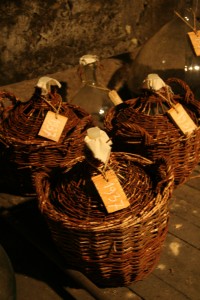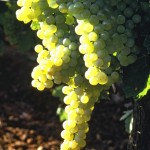David on Technical Topics – The Growth of the Armagnac Industry
 The growth of the Armagnac industry has taken a long time from its very early beginnings. At the turn of the twentieth century the French boundary commission decided to follow local customs and divide the Armagnac region into three, The Bas Armagnac, Ténarèze and Haut Armagnac, each one corresponding to a geological, geographical and commercial reality. The finest of the armagnacs come from the Bas Armagnac region whilst at the other end of the scale, very little is produced in Haut Armagnac, having never really recovered from the Phylloxera outbreak at the end of the nineteenth century.
The growth of the Armagnac industry has taken a long time from its very early beginnings. At the turn of the twentieth century the French boundary commission decided to follow local customs and divide the Armagnac region into three, The Bas Armagnac, Ténarèze and Haut Armagnac, each one corresponding to a geological, geographical and commercial reality. The finest of the armagnacs come from the Bas Armagnac region whilst at the other end of the scale, very little is produced in Haut Armagnac, having never really recovered from the Phylloxera outbreak at the end of the nineteenth century.
The outbreak affected the whole of the Armagnac region and by 1937 it was producing only 22,000 hectolitres of spirit, less than a quarter of that produced in the cognac region. The German occupying forces during the second World War were largely unaware of the spirits’ qualities and left most of the locals’ stock intact.
After the War, some cognac houses invested in the area seeing an opportunity for obtaining additional grapes to be used for making cognac but the quantities available were too small to be of real use. Even so the general quality of the brandy, especially in the east of the region, was poor and there was little or no commercial infrastructure in place. In the late 1940s trade had slowed to the point where many of the smaller growers, short of cash, simply gave up.
 Even with this reduced vineyard area, demand and production in the 1960s started to grow again. Sales in the domestic market grew faster than exports and mainly comprised young, cheap brandies. This resulted in little being left in the barrels to sell in later years as vintage armagnacs but interest in the fruity brandy had begun to develop. By the start of the 1980s production had risen to nearly 35,000 hectolitres of pure spirit, a level that by 1990 had nearly doubled to 60,000 hl pure. The Armagnaçais had started to realise the many benefits of their spirit over their competitors.
Even with this reduced vineyard area, demand and production in the 1960s started to grow again. Sales in the domestic market grew faster than exports and mainly comprised young, cheap brandies. This resulted in little being left in the barrels to sell in later years as vintage armagnacs but interest in the fruity brandy had begun to develop. By the start of the 1980s production had risen to nearly 35,000 hectolitres of pure spirit, a level that by 1990 had nearly doubled to 60,000 hl pure. The Armagnaçais had started to realise the many benefits of their spirit over their competitors.
Although cognacs continue to outsell armagnacs by a huge factor, the biggest benefit the Armagnaçais have over their rivals in Cognac is that they can offer so many vintages. Janneau, who started to market vintages in 1973, claimed that it was their biggest weapon against the Cognaçais as it created an image of quality.

